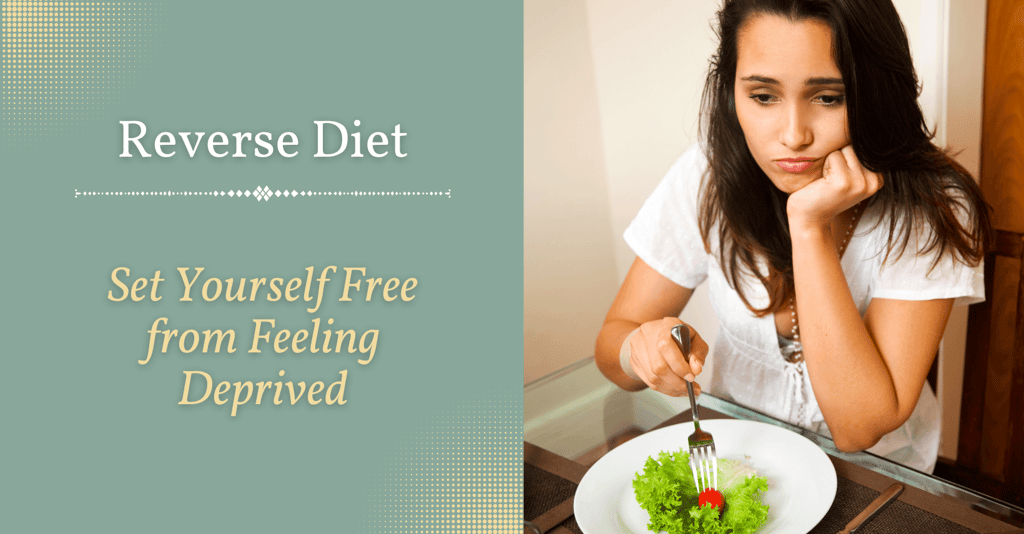Add your promotional text...
Feeling Deprived of Your Diet? Learn How a Reverse Diet Can Set You Free!
10/28/20233 min read


If you've ever struggled with dieting and the rollercoaster of weight loss and gain, you might be interested in a concept that's been gaining popularity in the fitness and nutrition world: the reverse diet. It's not your typical diet, but it's a powerful tool that can help you maintain your hard-earned weight loss, improve your metabolism, and build a healthier relationship with food. In this article, we'll explore what a reverse diet is and how it works, and why it might be the missing piece in your wellness journey.
What Is a Reverse Diet?
A reverse diet is the antithesis of what you've been doing during a traditional weight loss diet. While most diets involve a gradual reduction in calories to promote weight loss, a reverse diet is all about gradually increasing your caloric intake in a controlled manner. It's not an excuse to gorge on unhealthy foods; instead, it's a strategic approach to boosting your metabolism and stabilizing your weight at a higher calorie level.
The Science Behind the Reverse Diet
During a typical weight loss diet, your body adapts to the reduced caloric intake by slowing down your metabolism. This is a survival mechanism – your body thinks it's in a period of scarcity and tries to preserve energy. As a result, you lose weight, but you may also feel fatigued and deprived.
When you begin a reverse diet, you gradually reintroduce calories into your daily intake. This signals to your body that it's no longer in a state of deprivation, and it can start revving up your metabolism again. As your caloric intake increases, your body can rebuild lost muscle, improve hormonal balance, and repair any metabolic damage caused by extreme calorie restriction
The Steps of a Reverse Diet
Assess Your Current Caloric Intake
To begin a reverse diet, you need to determine your current caloric intake. Track your daily calories for a week to establish a baseline.
Set a Goal
Decide on your goal for the reverse diet. Are you looking to maintain your current weight while eating more, or do you want to build muscle and increase your metabolic rate? Your goal will guide your caloric increase.
Gradual Increase
Slowly increase your daily caloric intake. Typically, you'll add 50-100 calories per week. This slow and controlled approach helps your body adapt without gaining excessive fat.
Monitor Progress
Regularly track your weight, body measurements, and energy levels. Adjust your caloric intake as needed to achieve your goals.
Food Quality
Emphasize whole, nutrient-dense foods as you increase your calories. This will ensure you're nourishing your body while avoiding unwanted fat gain.
The Benefits of a Reverse Diet
Metabolic Recovery
Your metabolism receives a much-needed boost, making it easier to maintain your weight.
Hormonal Balance
A reverse diet can help normalize hormones like leptin and thyroid hormones, which are often disrupted during a strict diet.
Improved Relationship with Food
By allowing yourself to eat more, you can enjoy a wider variety of foods, reducing feelings of deprivation.
Muscle Gain
With the extra calories, you'll have the energy and nutrients needed to build muscle, further increasing your metabolic rate.
Challenges and Considerations
A reverse diet isn't without its challenges. It requires patience and consistency, and it can be mentally challenging to increase calories after a period of restriction. It's crucial to remember that the process is gradual, and it may take several weeks or even months to see significant results.
Reverse dieting isn't for everyone
Reverse dieting can be tough, requiring patience and consistency. Increasing calorie intake after a period of restriction might also be mentally challenging. Remember, it's a gradual process, taking weeks or months to see changes.
Reverse dieting means slowly eating more after dieting, but it's not for everyone. Its effectiveness and safety depend on factors like your metabolism, activity level, and health goals.
To find out if it's right for you, consult with a registered dietitian or nutritionist. They'll assess your unique situation and provide personalized advice. Their guidance will help you reach your dietary and fitness goals while ensuring your well-being. Consulting with them offers valuable support during the process.
If you have any questions or need some assistance, feel free to submit a comment or send us a message here.
Ultimately
A reverse diet is a powerful approach to break free from the cycle of constant dieting and to improve your overall health and well-being. It focuses on increasing your caloric intake in a controlled and systematic way, allowing your metabolism to recover and your body to thrive. If you've struggled with the traditional dieting model, it may be time to consider a reverse diet as a sustainable and effective alternative to achieve your health and fitness goals
